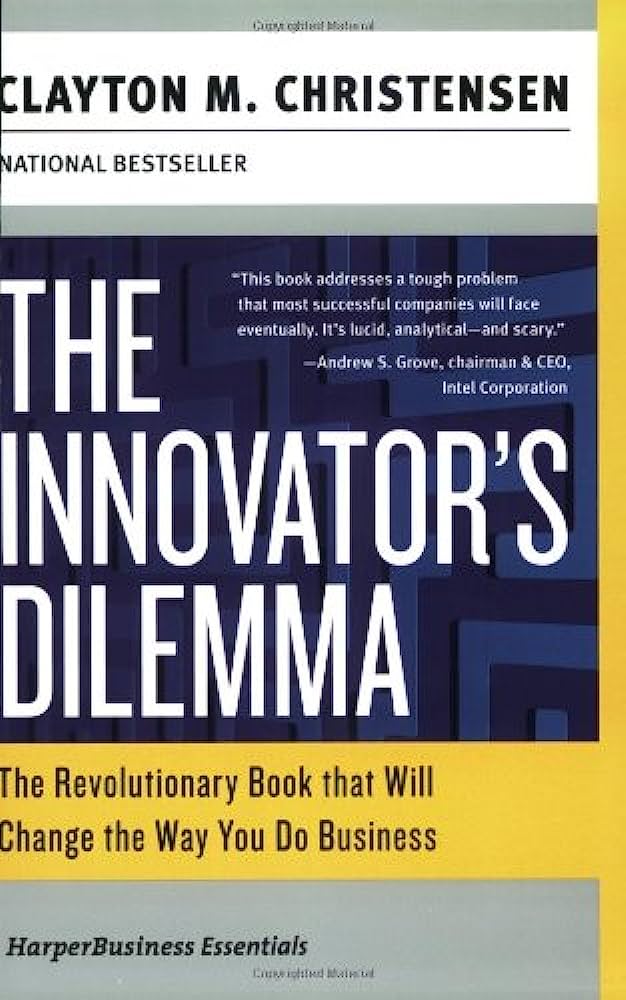To Sell Is Human: The Surprising Truth About Moving Others
RATING


Dan Pink is no stranger to writing; he has penned several books pertaining to changing the workplace. Here, he writes about the topic of sales, not from a selling standpoint, but from an analytical standpoint that targets the fact that all people, no matter what profession they are in, deal in the field of sales. Sales encompass more than just selling products. Sometimes, a directly comparable business perspective is not necessary in proving a point.
For sales, Pink employs evidence through the social sector to push his methodology further. By integrating this seemingly exterior field into the fold of sales, he establishes the connection between sales and all aspects of life, whether that may be persuasion, teaching, or fundraising. For Pink, sales include persuading others and using words to push ideas. Rather than maintaining the old art of selling, Pink pushes for a revised approach that proposes alternatives to the elevator pitch and contradicts the thought that extraverts make for the best salespeople. Instead, he proposes that any individual can be influenced given that they are at least given an avenue for action.
Pink has found a stance in the picture of selling that captures our attention. The idea of sales is a challenging one to pitch; sales is as polarizing as hot and cold – there are people who love it and others who hate it. Pink, over the course of his book, makes it so that sales are a comfortable topic not only to discuss, but to employ in life. His assertion that everyone is in sales is one that we support; under the umbrella of relationship centricity, all members of a company are responsible for selling the brand whether they are an accountant in a cubicle, employer on the sales floor, or the CEO. We also believe that his tendency to provide examples from social sciences adds to the quality of his work. Far too often we associate the concept of sales with the business world, and by using social sciences Pink gives sales a more universal appeal. The organization of the book is quite well done, and the layout is a smooth flow from research to concept to application. We enjoyed Pink’s writing style, and we believe that it is a great representation of how books on the subject should be written.
Pink’s book does do well in relating how selling applies to all individuals, but it is not as strong as he portrays. We are not aiming to contradict our statement – we stand by it wholeheartedly – but we still believe that we need stronger concepts that address certain situations individually. Far too often we noticed that skills fail to transfer directly between two settings, and selling is no different. While, yes, the concept may seem directly translatable, there are certain situations where the carryover will not be identical. Selling and persuading are similar, but they cannot be discussed as if they are one in the same. Sales professionals will be able to pick apart Pink’s methodology and identify points which are elementary within the sales world, such as “attunement, buoyancy, and clarity.” Those who are not directly in the business of selling will hold fast to Pink’s methodology because it is unfamiliar to them, but those who have the training and background will be unimpressed. Also, some of the suggestions that Pink makes seem foolish at best. Swearing and rhyming are just a few of Pink’s suggestions, and while this may seem to create a bond with the customer, more often than not it will offend or confuse them instead. Pink needs to understand that the audience will be a mix of individuals who have a wide spectrum of experience with sales, and if he wishes to speak to them he must follow his own advice and tailor it to his audience – in this case the non-salespeople.
According to the U.S. Bureau of Labor Statistics, one in nine Americans works in sales. Every day more than fifteen million people earn their keep by persuading someone else to make a purchase. But dig deeper and a startling truth emerges: Yes, one in nine Americans works in sales. But so do the other eight.
Whether we’re employees pitching colleagues on a new idea, entrepreneurs enticing funders to invest, or parents and teachers cajoling children to study, we spend our days trying to move others. Like it or not, we’re all in sales now.
To Sell Is Human offers a fresh look at the art and science of selling. As he did in Drive and A Whole New Mind, Daniel H. Pink draws on a rich trove of social science for his counterintuitive insights. He reveals the new ABCs of moving others (it’s no longer “Always Be Closing”), explains why extraverts don’t make the best salespeople, and shows how giving people an “off-ramp” for their actions can matter more than actually changing their minds.
Along the way, Pink describes the six successors to the elevator pitch, the three rules for understanding another’s perspective, the five frames that can make your message clearer and more persuasive, and much more. The result is a perceptive and practical book–one that will change how you see the world and transform what you do at work, at school, and at home.
This book teaches individuals on how to sell. Selling in this context does not have to mean selling a product for money. At its core, the concept involves merely the persuasion and conveying of an idea from one person to another, whether or not it includes the exchange of money. With that in mind, this book is a great guide for any individual in the business world. For those actually in sales, the information in this book will make their lives easier. Beyond that, it extends to management in the sense that they will better be able to sell their corporate culture, values, and goals to the employees. This, in turn, makes the business more human-oriented and instills the same sense of emotion that we recommend through relationship centric management.

Pink takes care to write a book that is substantiated by evidence while still providing a strong course of action for the reader. The application aspect is what most would read the book for, but the book also provides a strong research portion that gives readers confidence in the application. There is a fine line to tread between becoming overly engrossed in one topic and failing to do another justice, but Pink is able to find the balance between the two.
See content on this topic

Sales training for front line along with basic development and coaching principles for line management.
Understanding how leaders must evolve with relation to the evolution of business models, new management models, and the significant changes to the workforce with Digital Natives now making up more than 50% of the workforce globally.
Understand the theory and mechanics of developing and managing a customer-centric and experience-driven corporate culture that is consistent and stable and includes elements of Employee Experience (EX) and Employee Relationship Management (ERM).
Understanding the evolution of leadership styles, management models, organizational structures, performance measurement and guiding change in the evolution of business models from product-centric to customer-centric and even relationship-centric.
Understand how to manage both internal and external digital transformation while considering the landscape for digital business models and the effect on traditional business models. Understanding organizational readiness for transformation and the role of corporate culture in managing transformations.
The changes in consumer behavior, employee behavior, and the evolution of business models in the digital age cause significant difficulties and imperatives for leaders who must develop new skills and evolve their leadership styles to be effective in this fast changing, challenging, and competitive environment.
Understanding how leaders must evolve with relation to the evolution of business models, new management models, and the significant changes to the workforce with Digital Natives now making up more than 50% of the workforce globally.
Understand how to manage both internal and external digital transformation while considering the landscape for digital business models and the effect on traditional business models. Understanding organizational readiness for transformation and the role of corporate culture in managing transformations.
The changes in consumer behavior, employee behavior, and the evolution of business models in the digital age cause significant difficulties and imperatives for leaders who must develop new skills and evolve their leadership styles to be effective in this fast changing, challenging, and competitive environment.
Understanding how to design & manage change/transformation programs in organizations of different sizes. This course will help any size team or organization to better deal with change & transformation on any scale.




 Copy Link
Copy Link
 E-mail
E-mail
 LinkedIn
LinkedIn
 Facebook
Facebook
 Telegram
Telegram
 WhatsApp
WhatsApp
















 Go Back
Go Back
Leave a Reply
You must be logged in to post a comment.